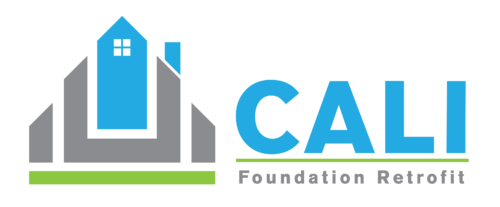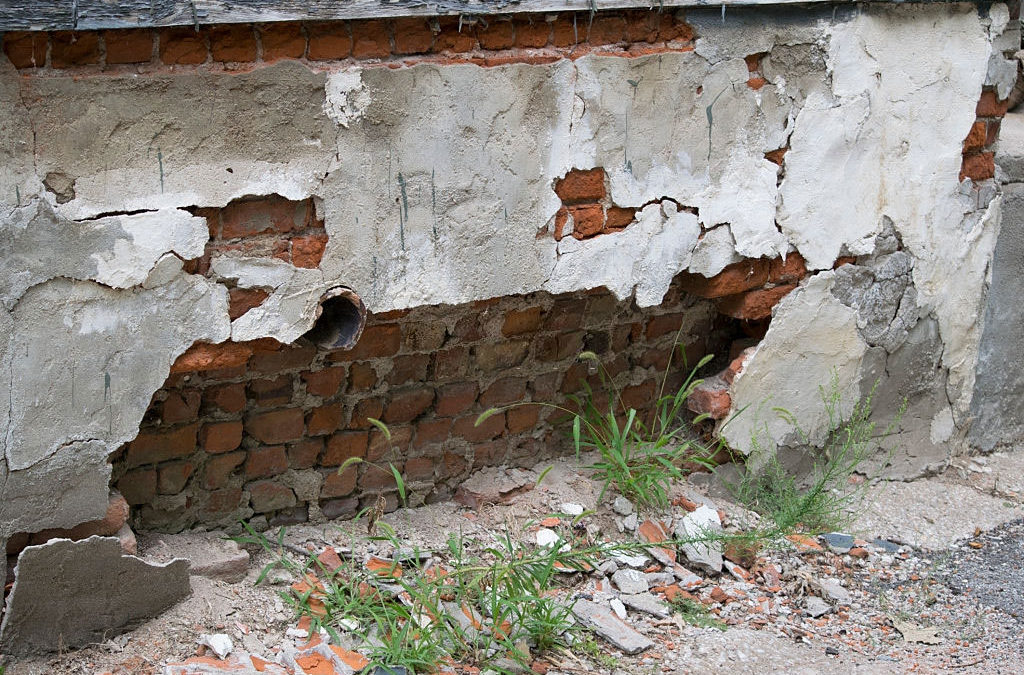Earthquake retrofitting is also known as after-the-effects repair. It is a method that involves the repair or replacement of damaged structures and sometimes might also involve building anew those that were destroyed in the disaster. Earthquake damages can cause millions of dollars worth of damage and rehabilitation costs, not to mention the lives lost.
Earthquake damage and subsequent structural changes can cause buildings and other structures to collapse due to insufficient support. The main purpose of seismic retrofitting is to ensure that these damaged structures can better withstand disasters like earthquakes. Earthquake damage can destroy buildings, residences, infrastructure, and do many other harmful things to the environment. Seismic retrofitting consists of replacing old structures with new ones based on sound engineering principles, according to which older structures are modified to effectively reduce the effects of seismic activity.
There are many benefits to doing after-the-effects seismic retrofitting. These benefits include lessening the negative environmental impacts of the disaster, which might lead to harm to the environment. Additionally, it can save people from premature death or disability. There are many different retrofitting techniques that can be implemented, such as:
Seismic retrofitting can take the form of reinforcement for steel columns and floors; reinforcing basement walls and crawl spaces; installing metal lintels, beams, and bracing; and removal of unreinforced masonry. Reinforcement for concrete slabs is done in such a way as to leave space for expansion and contraction. Reinforcement for concrete floors is done in such a way that expansion and contraction cannot occur during earthquake vibrations.
It is important to remember that seismic retrofitting techniques can only handle minor after-effects of an earthquake. They cannot handle the massive devastation on a planetary scale. Seismic retrofitting techniques can also help reduce injuries due to slips and falls. Reinforcement of commercial buildings can also minimize the damage due to earthquakes. This will help increase business productivity and reduce repair costs.
When an earthquake shakes a certain area, the ground tends to vibrate. Due to this movement, buildings tend to shift and the shifting may trigger major after-effects in the surrounding areas. If proper retrofitting techniques are not applied, the shaking can continue and can cause destruction far beyond what the original construction could accomplish. In addition, structures that do not have the proper structural support can collapse under the load. Therefore, the importance of retrofitting can never be overlooked.
A significant amount of building structure is lost after a major disaster, such as a temblor or earthquake. This is because many buildings cannot withstand the extreme force of an earthquake. It is important to find a company that uses the latest retrofitting technology and has the experience and manpower to perform this service.
A company that is certified in earthquake seismic retrofitting can save a building’s value and lower the insurance premiums of the property. However, before selecting a contractor, you should research their background thoroughly. Only then can you feel confident with the work they will do on your building. The cost of retrofitting can vary greatly depending on the type of structures you have. Contact a reliable contractor to discuss your needs and discuss the best ways to retrofit your building.
There are different retrofitting techniques for all kinds of structures, so it is important to discuss with your contractor which technique would be best for your needs. Generally, buildings are built with a front wall and one story in mind. If this is the case, then retrofitting techniques will include reinforcing the base and floor systems with steel bars and piles.
Additional retrofitting techniques may be necessary to strengthen the building envelope, particularly at the foundation. The type of foundation, if reinforced properly, can often prevent shaking from occurring to the outside of the building. This can reduce damage to the exterior of the structure and decrease the chance of fire, causing damage to the interior of the building.
Seismic retrofitting techniques are designed to make buildings stronger to protect against natural disasters like earthquakes. This method should be considered if your building experiences more than the average frequency of earthquakes. With the frequency of natural disasters increasing, and the threat of catastrophic loss of life is increasing as well, it is more important than ever to take every precaution possible. Earthquake safety is paramount, and building retrofitting is a crucial component to keeping your building safe from harm. Please consult with a qualified professional for assistance in retrofitting your buildings.

